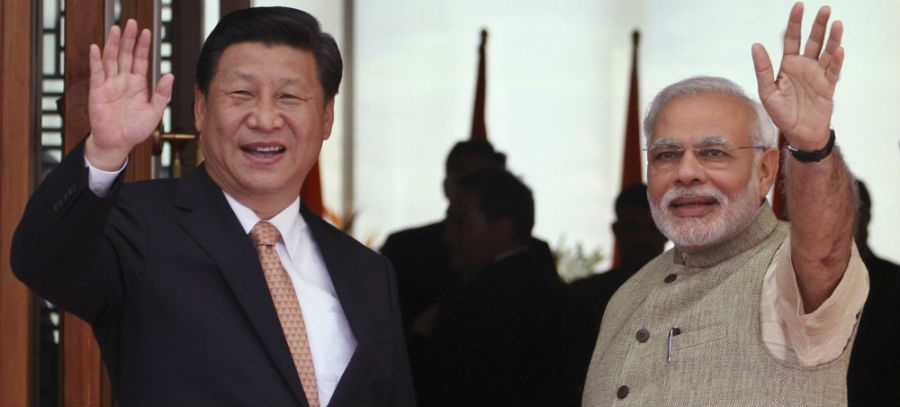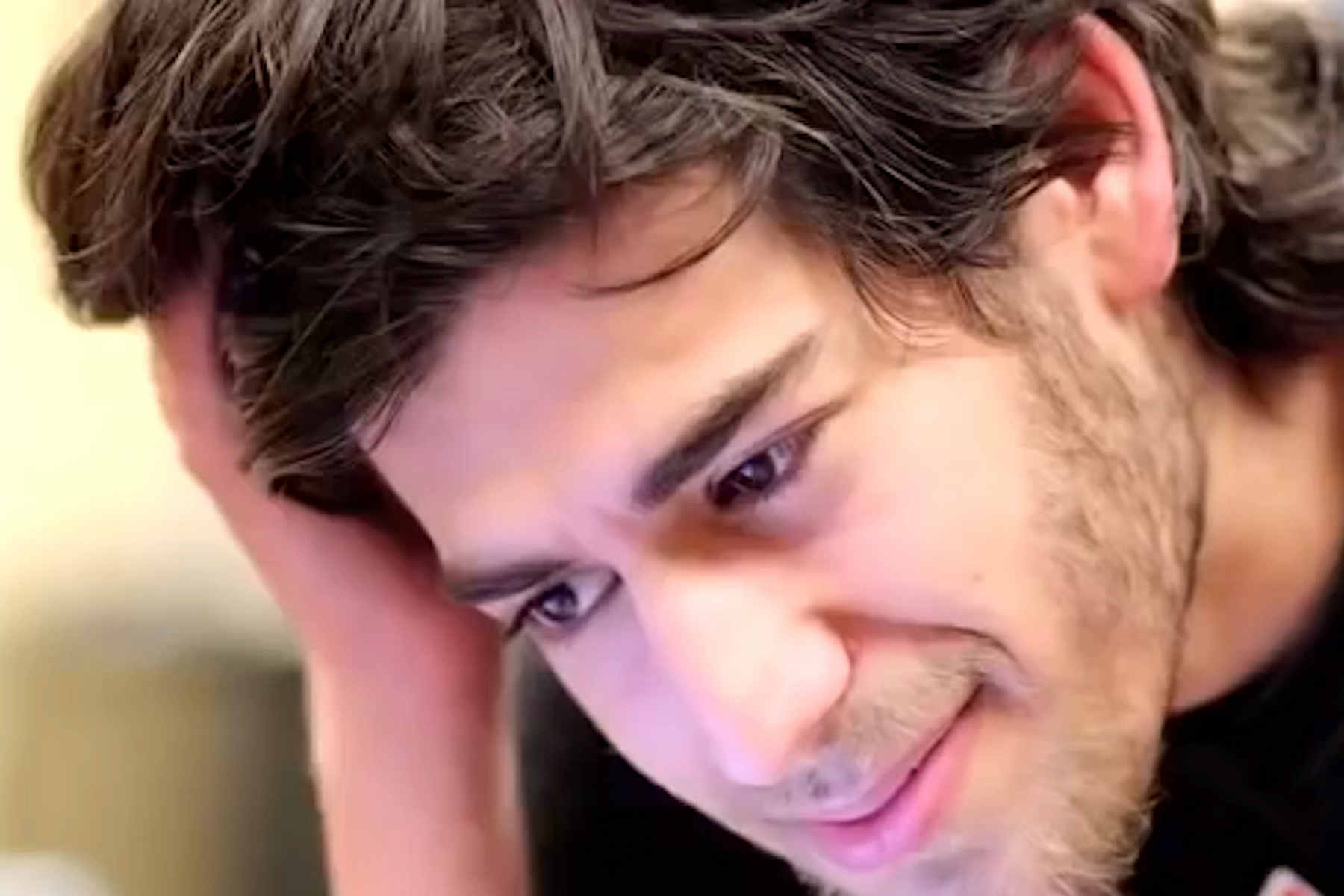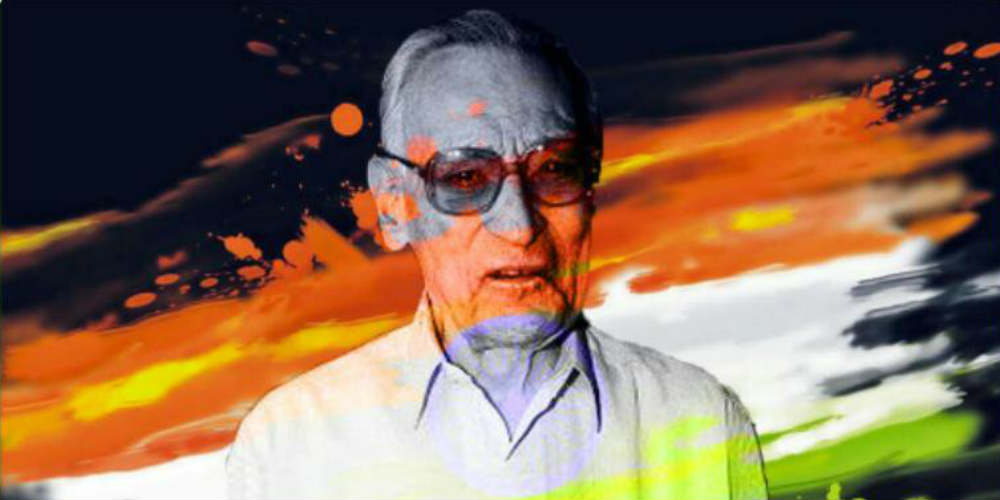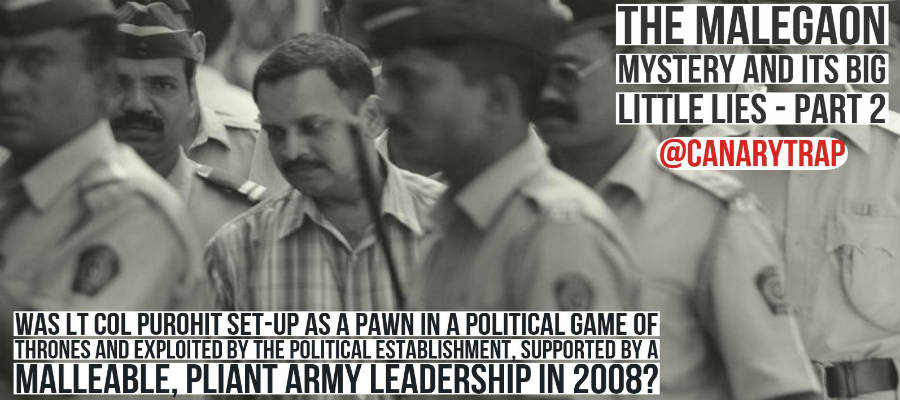BY RSN SINGH
Unbiased analysts in India are acutely aware about China’s deliberate unwillingness to resolve the border issues with India. Its belligerent posturing with regard to the South China Sea has created strong misgivings in most parts of the world. Its patronage and sustenance to inhuman and rouge states like North Korea amounts to criminal international behavior.
China’s aggressive bid to increase its footprints in the Indian Ocean (Kyaukphyu, Hambantota, Gwadar, Maldives, Chabahar and Duqm) engages our concern. The Pak-China strategic cooperation, which has dangerous nuclear and missile components, has not abated. In fact, Pakistan’s strategic embrace of China has acquired very large territorial connotations by way of the ‘economic corridor’ agreement signed between the two countries. This corridor runs through the length of Pakistan. China is seen to be desperate to wean Nepal away from the special relationship it enjoys with India.
Prime Minister Narendra Modi has candidly flagged most of these issues with China on various occasions, even before and during the visit of Chinese President Xi Jinping. Business or no business, investment or no investment, he neither absolved China for ‘expansionism’, nor did he sacrifice India’s strategic partnership with Vietnam. President Pranab Mukherjee reiterated India’s commitment to energy exploration in Vietnam’s waters in South China Sea. No Indian prime minister used so many leverages in interlocution with the Chinese leadership, the most formidable being the bonhomie that Modi struck with Japan during his recent visit to that country. Given the fact that in the past, we had abandoned most of the leverages like ‘Tibet’, and ‘Taiwan’, creating new leverages has not been easy.
Leverages apart, relations between two countries should never become hostage to the demands and imperatives of a third country. We should not forget that the US used the good offices of Pakistan to reach out to China during the early 70s at the height of Cold War. The man, who served as the link for this unthinkable rapprochement was none other than Gen Yahya Khan. Both US and China courted Pakistan, the former for its global strategic designs and the later for its national and regional imperatives. The same phenomenon continues.
In the prevailing geopolitical context of Asia in the 70s, India’s maneuver space was restricted. The geopolitical situation with regard to East Asia was the same. The US sponsored ‘pivot of Asia’ existed even then. However, in the present geopolitical context this pivot has emerged to be advantageous to India in terms of economic benefits and strategic counterpoise to China.
Pragmatism demands that India actively courts this pivot, despite the doubts in India about the US role in 26/11. The fact that David Headley was not a double agent but exclusively a CIA operative, is incontrovertible? That Rabinder Singh and the family of Sangeeta Richards were spirited away from India is also incontrovertible. For India, it is difficult to distinguish from the behavioural patterns, as to which country, US or China, has greater proclivity to act as a bully. Just as in the case of China and North Korea, the US too wields rouge states like Pakistan. It is also difficult to assess that which of these two countries subverts the Indian sovereignty more. This is pertinent in the backdrop the fact that during the recent visit of the Chinese President to India many television channels were running the snippet that ‘India’s sovereignty has been mortgaged for $100 billion’. If alleged intrusions by China during Xi Jinping’s visit amounts to subversion of India’s sovereignty, so does spiriting away of Indians to the US.
Nevertheless, we continue to do business with the US and we ‘must’, because it is in our vital interests. But, there are certain imperatives which neighbours inflict on each other by shared geography, history, ethnicity, trade and energy imperatives etc. In this regard for India, China is no exception. Most rivers that sustain the Indian subcontinent emanate from in and around Tibet (China). Environmentally therefore, India has the highest stakes in Tibet. India’s biggest vulnerability is the overwhelmingly energy dependence on sources abroad, rather the most volatile part of the world, i.e. West Asia. The other alternative is Russia and Central Asia. Countries like the US can be of little help in this regard, rather its interest lies in our energy insecurity so as to have steady and larger market for its nuclear industry. Russia is already constructing a pipeline at the cost of $400 billion to China for supply of energy. Its extension to India through China is not something impossible!
It was very natural for the Chinese influence to buffet India when the country was seized by the violent political philosophy of Mao. Given the level of influence, when Soviet and Chinese Communists acrimoniously parted, the Communists in India too split. The Indian intellectual class, which have been in the forefront in the ‘Modi’s sellout to China’ narrative had no qualms when a state governments in India with heavier bias towards China ruled for decades. Many prime ministers called them ‘natural allies’. Sonia Gandhi was said to be most comfortable in company of the communists and would have never parted ways but for her reluctant acquiescence to the Indo-US nuclear deal. Many uncharitable theories exist regarding her capitulation on this score.
In 1978, China began to embark on a new course and since 1988 when Rajiv Gandhi first visited China after a hiatus of two and half decades, there have hardly been any Indian President and Prime Minister, who has not visited China. The same is true for Chinese Presidents and Premiers. Significantly, barring the last two visits, i.e. by Premier Li Keqiang in May 2013 and President Xi Jinping recently, no visit has been under the shadow of ‘intrusions’.
It is intriguing that the ‘intrusion’ factor went up only when the economic component of the relationship between the two countries gained ascendancy. The change in global pattern of arms market has also contributed to the ‘intrusion’ factor. It may be mentioned that since 2011, India has replaced China as the largest arms importer. As the arms industry has been shifting its principal market focus on India so has been the corresponding increase in the ‘threat from China lobby’. It is the same lobby, which never fails to insult India’s indigenous efforts in arms manufacture.
It is rather intriguing that in areas where there was no alternative, but to make an indigenous attempt, India has made magnificent strides. The Indian achievements in the field of nuclear technology, space technology or missile technology bear testimony to this thesis.
There are huge credibility gaps in this entire ‘intrusion’ theory. The agenda of the media in eclipsing the importance and achievements of the Chinese President’s visit by raising the decibel and rhetoric on ‘intrusions’ acquired rather abominable proportions.
This author has served in the very areas where the ‘intrusions’ have been referred to, and has led many Long Range Patrols (LRPs). For the sake of credibility of the ‘intrusions’ bandied by the media, some authenticated photographs, visuals must be shared with the people of India. Till today, there has been none. When an intrusion takes place, the Ministy of Defence (MoD) and the Army Chief owes it to the nation to tell the countrymen about the level, depth and objective of ‘intrusion’.
Last time during Premier’s visit in 2013, one had given benefit of doubt to the media about the reports and visuals about the intrusion in Depsang. None of them, however, were authenticated. More than half a dozen photographs of tents/huts/bunkers were sought to be peddled to unsuspecting citizens. Overnight the tents morphed into huts and huts into bunkers, depending on which agency was peddling what? Some reports suggest that the source of these photographs was an Embassy of a Western Country. But come C-130 aircraft in Depsang, there were a flurry of genuine and authenticated photos. These visual had larger strategic overtones, i.e. US versus China.
This time too, during the visit of Xi Jinping, there has been no statement by any government agency including the Army and the MoD about the details of the ‘incursion’. This author would humbly request for answers to following queries:-
- Has instructions been given to subordinate commanders that under no circumstances fire is to be opened? Has instructions been given that the best way to handle an incursion is by getting into a ‘physical duel’? Is it desirable or soldierly for armed soldiers to get into this kind of a duel?
- Is this true that Chinese came in 100s and we reacted in some 100s? Do troops move like mobs? If the Chinese moved tactically and we reacted in a similar manner, then what was the frontage?
- If four to five hundred incursions have taken place in the recent past, how is it that none of them triggered armed response either by Indian troops or PLA troops? Despite such grave provocations, how is it that not one casualty has occurred in at least two decades?
- Why should the Chinese resort to heli-drop of food packets for 600 soldiers in a territory that they claim to be theirs? Why did not these helicopters land?
During President Xi Jinping’s visit, one photograph circulated by one source was doing rounds of all the television channels. It showed a large number of people gathered with banners 50 meters long protesting against the Chinese ‘intrusions’. This photograph was an insult to the intelligence of every Indian Army professional who has served in the area. The reasons are simple. In the said photograph:
- There are fancy vehicles in the background and in what is supposed to be a Ladakhi village.
- There are no locals dressed in traditional Ladakhi dress.
- How did the ITBP allow them to come upto the LAC?
- Will the ITBP or the Indian Army authenticate the aircraft?
These alleged incursion incidents since 2013 have not taken place on Mars. This is an area in the Indian Territory, covered very well by various surveillance means including satellites. If all means have failed to deliver single authenticated visual proof then there is a ploy. If the Indian Army or MoD choses to be reticent or cagey on these intrusions, and leave the people to be manipulated by vested powers and arms lobby, then it is a sign of the ‘threat from within’. This is where a ‘succession plan’ in the armed forces comes handy.
This time it appears that all possible lobbies in India were activated to sabotage Xi Jinping’s visit.
(RSN Singh is a former military intelligence officer who later served in the Research & Analysis Wing. The author of two books: Asian Strategic and Military Perspective and Military Factor in Pakistan, he is also a Guest Blogger with Canary Trap. The opinions expressed by the author and those providing comments are theirs alone, and do not reflect the opinions of Canary Trap or any employee thereof)




6 Comments
It may also be added that television channels have been indulging in a new diabolical game to buttress their claim regarding ‘Chinese incursion’. Off and On, they attribute statements from DG ITBP or DGMO, which is completely false. When they have nothing, they will say things like ‘our sources’ or they will say that the DGMO or the DG ITBP has informed the NSA. It is obvious that these key functionaries cannot respond to every single news channel.
Sir,
Very interesting (though disturbing if true) analysis. However, if what you suspect is true, I fail to understand why the Indian government will let this disinformation campaign go unrefuted. Assuming people at highest levels of Indian govt are hand in glove with this campaign, why does the Chinese govt accept this (Xi Jinping said that incursions are a result of unmarked borders)?
– Satish
Some media houses continue to show fabricated visuals and will continue to do so at the behest of US embassy till Modi’s US trip is over. The whole game is to create an environment by which India buys arms from the US and also unquestionably accepts US strategic embrace. The army will neither confirm nor deny the incursions as key functionaries have been placed in their respective positions by the arms lobby to do the same.
What is this happening 30 chinese today, 49 tomorrow, 1000 then, 600 now, chinese soldiers seen shaving on a hill top and then seen dancing, Indian civilians confronted chinese soldiers with flags or banners. What is this dumb-wit army chief doing . He should order his men to fire or he should fly down with journalists and show that there is no incursion. Or the defence minister asks army chief to accompany him to spot.
Sir, sadly your comment shows your inability to think, and worse, even to read and understand. The author has already covered this point.
Once again, do you really think Army chiefs should ferry anti-national campaign running journalists to border areas in the fond hope that they will suddenly have an overwhelming call to conscience and report that their earlier reports were intentional lies?
If you can believe that, you are too gullible to understand how power politics works.
Thank you Sir.